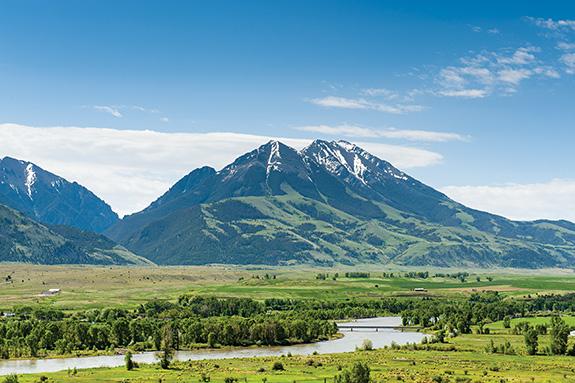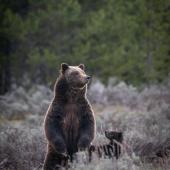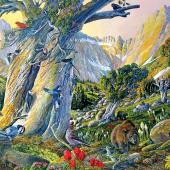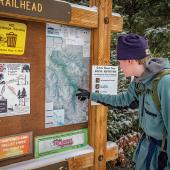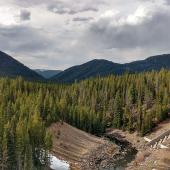Participation Grade
The public moves Forest Planning forward.
The Custer Gallatin National Forest recently concluded the final official comment period on the Custer Gallatin Revised Forest Plan documents. The documents were lengthy and complex, we know. But thank you for taking the time and showing your support and care for the public lands around you.
The Forest hosted ten public meetings in April of 2019 to add to the 80+ public meetings to date throughout the process, along with eight additional webinars, and ten mini-podcasts with resource specialists. More than 400 people took part in one of these avenues for public involvement through face-to-face meetings and virtual connection; many more submitted comments. Citizens were very involved, asking excellent questions, digging deep, learning about the documents, and putting their best foot forward to participate and help provide comments and solutions to help build a more robust Final Custer Gallatin Forest Plan and Final Environmental Impact Statement.
The Forest does not have a preferred alternative yet, purposely. In the coming months, we will be devoting significant time and energy poring over the comments, reading content, considering and evaluating how factors brought up can be utilized or not in the final documents, and eventually we will choose a preferred alternative that will then be taken into the final plan and final analysis process, creating the final environmental impact statement anticipated in the summer of 2020.
Public participation is a vital component to a successful final plan and on the Custer Gallatin, we are fortunate enough to have people that love these lands and the National Forest’s role in the greater landscape. The team continues to be impressed and happy with the involvement we receive and want to give a big “Thank You” from atop Emigrant Peak!
While the draft-to-final-plan stage can be akin to sausage making, with a process that is lengthy, complicated, and in-depth, keep in mind that this process is helping to create a guiding document for the next 10-15 years. We hope the document balances years of public involvement, broader desires, various community interests, best available scientific information, and adaptability and flexibility for land managers. Without the continued involvement of people plugging in and caring for these lands, our plan would fall short. Thank you for taking part in this four-year dialogue to create our Forest Plan.
Mariah Leuschen-Lonergan is a public affairs specialist with the Custer Gallatin National Forest.


